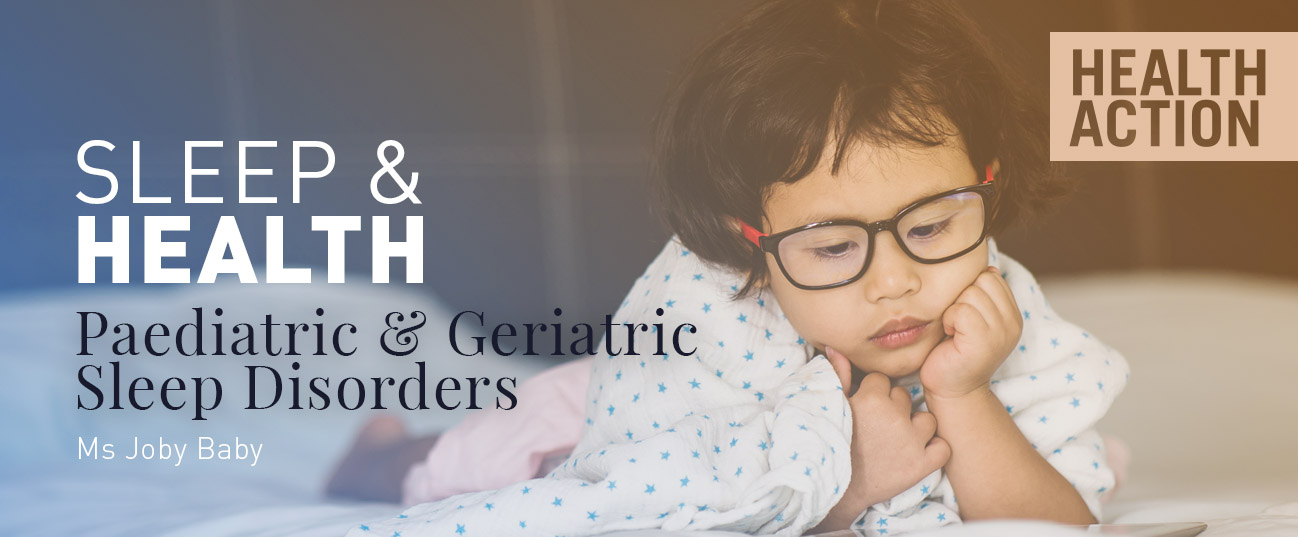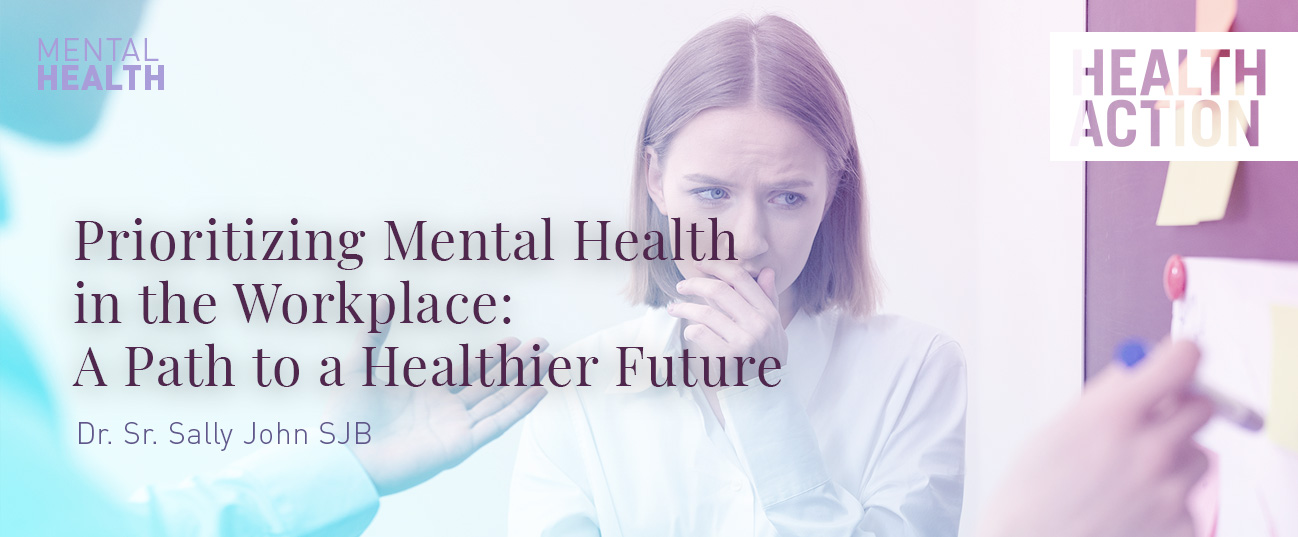
Sleep Disorders can affect the quality and quantity of sleep or may cause difficulty in maintaining normal wakefulness. Both of these can cause impaired daytime functioning and also medical, psychiatric and psychosocial problems. There are various types of sleep disorders that afflict about 70 million people.
Paediatric Sleep Disorders (Children)
Children spend a substantial part of their lives asleep. In fact, during infancy and early childhood, the developing brain seems to have more time asleep than awake. This underscores the importance of sleep to the overall well-being of a child. Children with sleep disorders may suffer from lack of adequate sleep time or experience poor sleep quality, or both.
Symptoms of paediatric sleep disorders
Sleep disorders may lead to an inability to get up on time for school, daytime moodiness, irritability, lack of focus in class, and significant behavioural and learning problems. In older children and teens, drug and alcohol abuse and school absenteeism may result. Some sleep disorders are serious enough to cause adverse cardiovascular and metabolic effects. Children may be misdiagnosed with mood, attention or motivational problems, which entirely miss the true underlying sleep problem.
How are paediatric sleep disorders diagnosed?
If your child has difficulty in sleeping, discuss the matter with a paediatrician. Your child may benefit from a referral to a paediatric sleep specialist to further investigate the problem. He will obtain a thorough medical and sleep history, as well as conduct a physical examination to identify any medical problems. In some cases, it may be necessary to observe the child’s overnight sleep in a sleep laboratory while a polysomnogram is conducted. This test records brain activity, eye movements, muscle activity, tissue oxygen, carbon dioxide, oro-nasal (mouth and nose) airflow and breathing patterns during sleep.
Children may also undergo a MSLT (multiple sleep latency test), a series of five daytime naps at two-hour intervals, to diagnose possible narcolepsy. Other tests may include sleep logs and actigraphy (in which a small motion detector is worn on the wrist to assess sleep-wake rhythms).Occasionally, blood and urine tests, spinal fluid analysis, and genetic tests are recommended.
How are paediatric sleep disorders treated?
Treatment depends on the type of disorder and its severity. Some sleep disorders, such as night terrors or sleepwalking, are developmental and usually resolve with time, only requiring intervention, if they are alarming or dangerous in nature.
Other sleep disorders can be treated in a variety of ways, including the use of continuous positive airway pressure (CPAP) for obstructive sleep apnea, tonsil and adenoid surgery, bright light therapy or medication. Behavioural techniques and adjustment of sleep schedules can be helpful in managing many sleep disorders. Psychosocial factors may be either the cause of sleep disorders or the result of sleep disorders. Therefore, it is not surprising that psychological, cognitive and behavioural interventions, with or without medications, can be beneficial in some cases.
Geriatric Sleep Disorders (Elderly)
As you age, there are general changes in sleep patterns, including spending more time in light sleep, having more disrupted night-time sleep, having more health conditions that negatively affect sleep quality and quantity, sleeping less, and taking more daytime naps that can cause an irregular sleep-wake cycle. However, sleep disorders, such as insomnia, sleep apnea, restless legs syndrome (RLS), and REM behaviour disorder, also are associated with aging.
Common causes of sleep problems in older adults include poor sleep habits, medical illness, medicines, psychological stress or psychiatric disorders, and retirement.
How do I know if I’m getting enough sleep?
To check if you have a sleep problem, ask yourself about the quality of your time awake. If you are getting less sleep than when you were younger, but still feel rested and energetic during the day, it may be that you now need less sleep. Every person’s sleep needs are different.
However, if you are noticing your lack of sleep is affecting your daytime activities, you should try to determine the cause of your sleeplessness and take steps to get better rest. Consult a sleep expert if you have concerns about your sleeping patterns or the possibility of having a sleep disorder. He or she will conduct a medical and sleep history, physical exam and may order an overnight sleep study, called a polysomnogram, or other additional testing.
Hours of sleep needed per night
• Ages 5 – 12 (10 to 11 hours).
• Ages 13 – 18 (8.5 to 9.25 hours).
• Adults (7 to 9 hours).
Before getting into bed
• Establish a routine for bedtime.
• Create a positive sleep environment.
• Relax before getting into bed.
• Avoid alcohol, smoking and caffeine for at least a few hours before bedtime.
• Do not go to bed unless you are sleepy.
• Reduce exposure to electronics (e.g., smartphones, tablets) within one hour of bedtime; it’s best to keep these out of the bedroom).
While in bed
• Turn your clock around and use your alarm, if needed.
• If you can’t fall asleep in 20 minutes, get out of bed and do something relaxing until you are sleepy.
• Use your bed for sleep only.
In the morning and daytime
• Wake up at the same time each morning, even on weekends.
• Avoid daytime naps.
• Avoid caffeine, especially in the late afternoon and evening.
• Exercise regularly, but not within four hours of bedtime.




